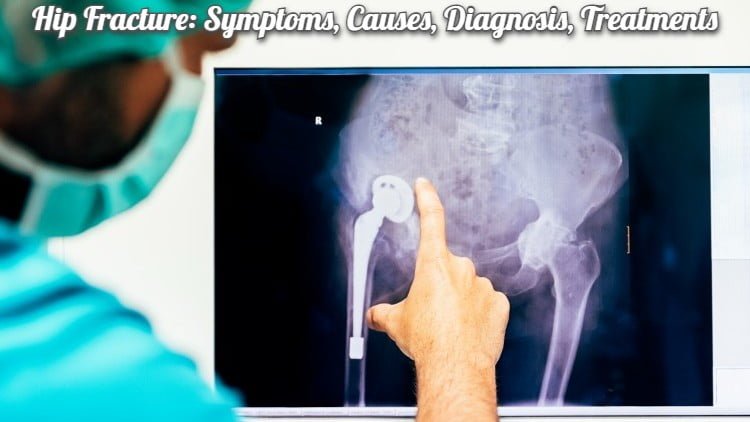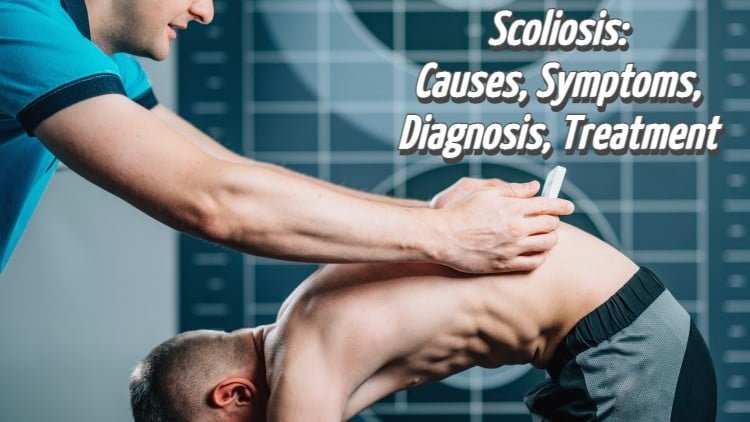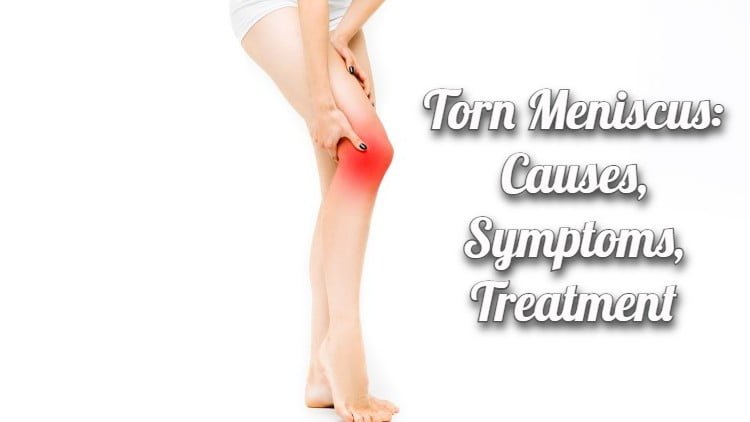Recommended Read: Rheumatoid Arthritis: 14 Most Frequently Asked Questions
Nobody knows the exact cause of rheumatoid arthritis (RA). However, we do know, in RA the immune system, which usually fights foreign invaders in the body, attacks healthy tissue, such as cartilage and bone.
Here are some of the risk factors of rheumatoid arthritis:
- Smoking: Smoking contributes to rheumatoid arthritis in several ways. The nicotine in cigarettes and other tobacco products reduces blood flow in the hands and feet. This can reduce the effectiveness of medications that treat RA. Smokers also have higher levels of rheumatoid factor (RF) antibodies in their blood than nonsmokers do. RFs are proteins that sometimes accompany RA and other autoimmune disorders, but doctors do not know what role they play in autoimmune diseases.
- Family history or genetics: People with a parent or sibling with RA have an increased risk of developing the disease themselves. Scientists have identified certain genes that may increase the likelihood a person will have RA. However, having these genes does not mean that a person will definitely get the condition. Although doctors still do not fully understand what causes RA, they believe it develops as a result of both genetic and environmental factors.
- Gender: The majority of people with RA are women. The female hormone estrogen may play a role in this imbalance. Doctors are not sure why, but they do know that estrogen affects the immune system.
- Age: RA can affect people at any age, but it is most common in middle-aged adults. It affects women three times more often than men and usually starts between the ages of 30 and 60 years old.
- Obesity: Obesity is a known risk factor for rheumatoid arthritis, but the mechanisms behind this association have been unclear. There are several theories about how obesity contributes to RA. One hypothesis is that fat cells release chemicals that cause inflammation, which increases the risk of developing an autoimmune disorder. Another theory is that extra body weight may trigger stress on weight-bearing joints, such as the knees, wrists, and hands. This wear and tear may result in joint damage and make RA more likely to develop.
Final words
While RA is not an easy condition to diagnose, an examination of the joints and a review of symptoms can help with diagnosis. Early diagnosis and treatment of RA are important for controlling joint damage and slowing the progression of disability. The best rheumatoid arthritis treatment may involve prescription medications, physical therapy, and eating a healthy diet.
If you’re experiencing any symptoms of RA or have any questions, consult a specialist and seek the best arthritis treatment in Kolkata.









